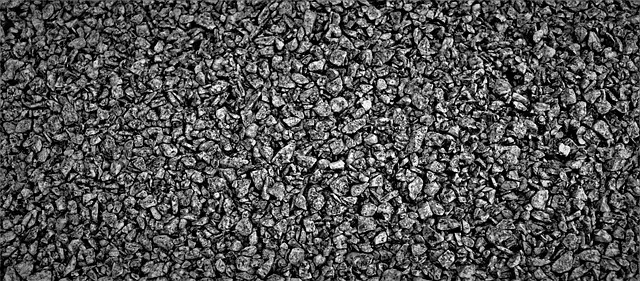Hardscaping is a term that’s only recently crept into landscaping parlance. It covers those outdoor elements which are completely artificial, and usually complete with hard edges and angles that contrast with the trees, bushes and shrubs that surround them.

Unless you’re going for an exterior that’s entirely natural, some level of hardscaping will be necessary. In the world of business, where lots of people might need to be simultaneously seated in an outdoor space, while sheltered against the sun, wind and rain, it might be particularly important. This applies even more in cases where space is at a premium!
If you’re a business that’s looking to build a captivating, functional outdoor environment, in other words, hardscaping is something that you’ll want to take seriously.
The Impact of Outdoor Spaces on Businesses
Outdoor space matters for businesses of every kind. By allowing employees to periodically spend time outdoors, you’ll support their continued mental health, and enjoy a corresponding improvement in productivity.
You might also be able to attract and retain customers, bolster the public image of your brand, and even hold public events that can lead to other opportunities for your business.
Elements of Hardscaping Design
So, what do we need to consider when we think about hardscaping? There are a number of distinct elements that fall under this umbrella. These include paving, walkways and patios, which might be used to direct foot traffic, visually divide an outdoor space, and provide an aesthetic appeal all of their own.
When making your hardscaping decisions, you’ll want to think about how everything matches with the existing outdoor environment. Your choice of elements will naturally be informed by your budget, and by your choice of materials.
Materials and Finishes
Hardscaping materials will tend to be divided into a few distinct categories. Natural stone will tend to make for a luxurious look. Concrete and decorative aggregates will work nicely, and can be used to facilitate drainage. Timber is a versatile and effective choice in many settings, and tends to be much easier to work with than metal and glass.
Your choice of materials and finishes should ideally reflect the ethos and image of your business. If you are making a lot of noise in public about your environmental ethos, for example, then you should make an effort to source the greenest possible materials. Bamboo, in this case, makes an excellent choice.
Design Inspiration and Case Studies
Some of the most impressive outdoor office spaces are to be found in Central London, where such space is at a premium. This tends to force more creative decision-making. Particularly impressive are Evergreen House, in Euston, and Eastborne Terrace in Paddington.
